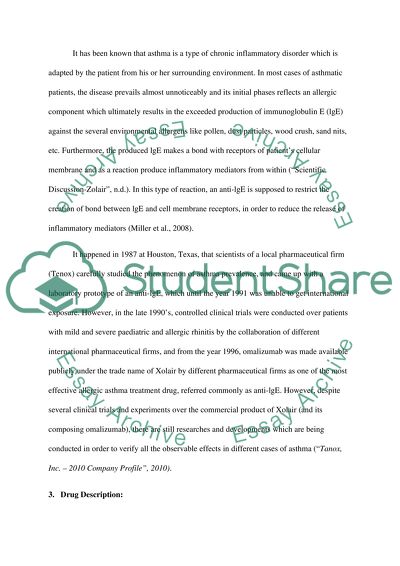Cite this document
(“Xolair Literature Review Dissertation Example | Topics and Well Written Essays - 4000 words”, n.d.)
Retrieved from https://studentshare.org/family-consumer-science/1419196-xolair-literature-review
Retrieved from https://studentshare.org/family-consumer-science/1419196-xolair-literature-review
(Xolair Literature Review Dissertation Example | Topics and Well Written Essays - 4000 Words)
https://studentshare.org/family-consumer-science/1419196-xolair-literature-review.
https://studentshare.org/family-consumer-science/1419196-xolair-literature-review.
“Xolair Literature Review Dissertation Example | Topics and Well Written Essays - 4000 Words”, n.d. https://studentshare.org/family-consumer-science/1419196-xolair-literature-review.


